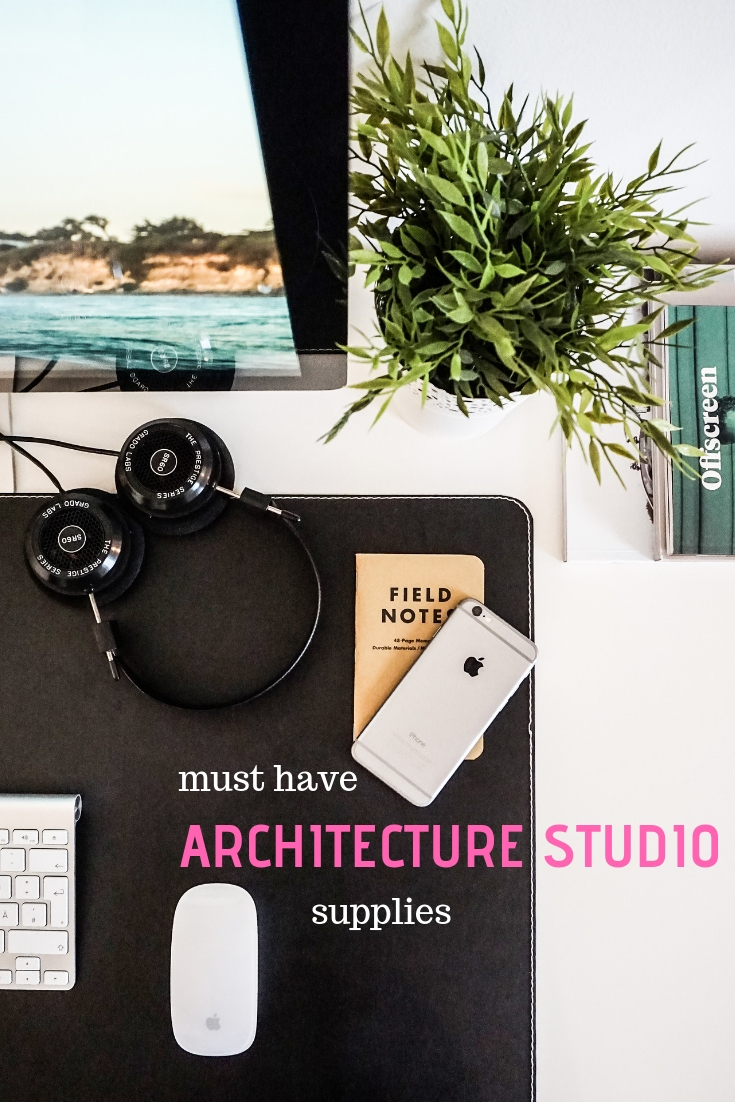Feeling drained after final reviews? You’re not alone. Whether your model’s in pieces (literally or emotionally), these 5 post-semester rituals will help you reset your mind, clear the chaos, and slowly rebuild your energy—for yourself and your next big creative chapter.
How to Avoid All-Nighters
I’ve written and spoken about how to survive all-nighters, but it’s best if we can avoid them in the first place, right?
All-nighters are very unhealthy for you, especially if you find yourself doing them all the time. Working for hours on end, especially overnight, can cause you to make mistakes in your work, can make you sick, and can be seriously dangerous if you’re working on models with knives and machinery without sleep. Here are my tips on how to avoid all-nighters.
How to Survive the All-Nighter
If you study architecture, all-nighters are basically inevitable. People define the all-nighter in different ways but essentially, you stay awake for an extended period of time without sleep so you can finish your work.
All-nighters usually happen more frequently in your earlier years of school because you haven't yet developed your routines and working habits. While I don't advise you to do all-nighters, I know that you will anyway, so here are my tips to help you do them more successfully!
How to Relieve Studio Stress
In the high demand culture we live in, it can be easy to overwhelm ourselves and become stressed. In my earlier years I found it very difficult to cope with these feelings and eventually decided I needed to find ways to manage my stress, quick! Watch below for my tips on relieving your studio stresses.
Tea (or coffee) time
Cook or bake (cause let's be honest, we all love to eat)
Jam session - play an instrument
Exercise
Take a shower - you probably smell! ;)
How to Survive the Architecture Studio
There's no denying that studying architecture is hard. Sometimes it may feel impossible to get everything done in time. While getting work done is important, you should always make a point to take care of yourself first. Watch below for my tips to help you survive studio!
Work in studio
Good time management
Eat well and often (and stay hydrated)
Sleep every night
Save and back up your work frequently
Always use sharp knives when model making
Take some YOU time every day
Have fun!
Recommended Architecture Books
Ever wonder what types of books you'll be reading in architecture school? Some books will be less exciting like code or structures resource books (yuck) but others are truly inspiring! Look below to see the books I recommend having.
Books I recommend:
Steel Construction Manual* by Helmut C. Schulitz, Werner Sobek, and Karl J. Habermann
The Architect's Studio Companion* by Edward Allen and Joseph Iano
Lewis Tsurumaki Lewis: Opportunistic Architecture* by Paul Lewis, Marc Tsurumaki, David J. Lewis
Why Buildings Stand Up: The Strength of Architecture* by Mario Salvadori
Why Buildings Fall Down: How Structures Fail* by Matthys Levy and Mario Salvadori
Architecture: Form, Space, & Order* by Francis D. K. Ching
Building Construction Illustrated* by Francis D. K. Ching
Building Codes Illustrated* by Francis D. K. Ching
Architectural Graphics* by Francis D. K. Ching
The Architecture of Happiness* by Alain de Botton
Form and Forces: Designing Efficient, Expressive Structures* by Edward Allen, Wactaw Zalewski, and Boston Structures Group
Structures* by Daniel L. Schodek and Martin Bechtold
Architecture Studio Supplies
I bet you're wondering what supplies you'll need for your architecture studio. Schools don't always tell you exactly what supplies you need (often until the day you need them) and you'll find yourself scrambling at the last minute to finish your assignments. Watch the video below to see the essential supplies you'll need get by and thrive in studio!
These are some of the supplies I use:
I like to use a smaller sketchbook that I can carry around with me. Usually I'll use a 5x8 sketchbook with gridded pages.
For architectural scales, I prefer to have a metal scale over plastic since they won't damage as easily. I also suggest getting both a full size scale and a smaller travel size scale that you can carry around with you.
A parallel ruler is a straight edge that slides vertically on your drafting table to help you draw straight lines while drafting.
You'll want a couple of different sizes of rolls of trace for when your drafting and sketching.
An Olfa knife is a more heavy duty knife used to cut thicker materials like chipboard and plexy while making models.
Replacement Olfa Knife Blades*
One of the most dangerous things people do when making models is use dull blades while cutting materials. Also make sure to have lots of replacement blades while building models.
An X-acto knife is a light duty knife used to cut thinner materials like paper but like with olfa knives, make sure to always use a sharp blade.
In addition to being a ruler, this straight edge has a raised edge to protect your fingers when cutting with a blade along the ruler. It also has a non slip grip on the bottom so it won't slide around.
Hot glue guns are what you'll be using on study models or in places on final models that you wont see.
It's always a good idea to have a backup of glue refills for your guns.
Easy cutters a perfect for cutting things like balsa wood and wooden dowels. There are angle markers to help make cuts at different angles.
These are my favorite pens because they dry quickly and don't require any pressure to write. I use these for sketching and drafting.
Prismacolor markers are my favorite markers to do hand renderings with. These markers are great because they're double sided with a broad side for when you want broad strokes and a point side for when you need to be more accurate.
This is my favorite toolbox because it's compact, lightweight, and has lots of compartments to organize all my tools.
It's always a good idea to have a screwdriver with different heads for things like assembling your parallel ruler.
Especially when first starting out, it's useful to get a set of pencils with varying hardnesses for drafting by hand. This way you can experiment with different pencils and see which work best for you. Helpful tip: HB = #2 = medium hardness.
Lead holders are basically mechanical pencils that have refillable lead. I recommend having at least 3 different colored lead holders with different types of lead so you can easily switch between them while drafting.
A lead pointer is what you'll use to sharpen your lead. Use the two smaller holes on either side of the white pad to control the length of the tip. Place the tip in the larger hole and spin the top around until sharpened, then dip the tip into the white felt pad to wipe off the dust.
I like to use kneaded erasers to control lineweights and when working with charcoal. You usually want to dab on a surface to pickup the graphite or charcoal so as to not smudge the work. To clean the eraser you stretch and knead it and can rip off smaller pieces when working with smaller areas then morph it all back together again.
Gum erasers work well for erasing colored pencils and graphite without leaving smudges.
Plastic erasers are used for general purposes. These are my favorite erasers because they'll erase just about everything and don't smudge.
Eraser pens/sticks are useful when erasing small areas like when lines are close together.
It's always a good idea to have eraser refills.
For areas where you don't have much wiggle room for erasing it can be really useful to have an electric eraser to do the erasing work for you without the fear of ruining the rest of your drawing with erasing strokes.
Electric erasers are small and you go through them pretty quick so I suggest having backups on hand.
Eraser shield are thin metal sheets with different sized and shaped holes that's placed over your drawing to protect the areas around what you're erasing.
Cutting Mat* (one large one small can be helpful!)
Cutting mats double as both a working surface for assembling models and a safe cutting surface that won't damage your desk. Look for "self healing" mats that will mend and hide the cut marks on the mat. I suggest having a large and a small mat.
All purpose glue is a great basic glue for building models, just make sure whatever glue you use that it dries clear.
An adjustable triangle is great because it can be adjusted to any angle.
In addition to an adjustable triangle, I'd suggest having fixed triangles too so you can quickly switch between them and work more quickly. I'd recommend 30-60-90 and 45-45-90 angled triangles.
Drafting dots are round shaped pieces of light adhesive tape that wont tear your drawings.
Drafting tape is an alternative to using drafting dots. It's a light adhesive tape that wont tear your drawings.
A drafting brush is a soft bristled brush that you can use to brush debris off your drawings without smudging them.
A Vyco drawing mat covers your desk to provide a smooth surface for drafting or sketching.
An architectural desk lamp can be mounted to any table without taking up any desk space.
A portable drafting board is great if you want to be able to draft anywhere.




























































